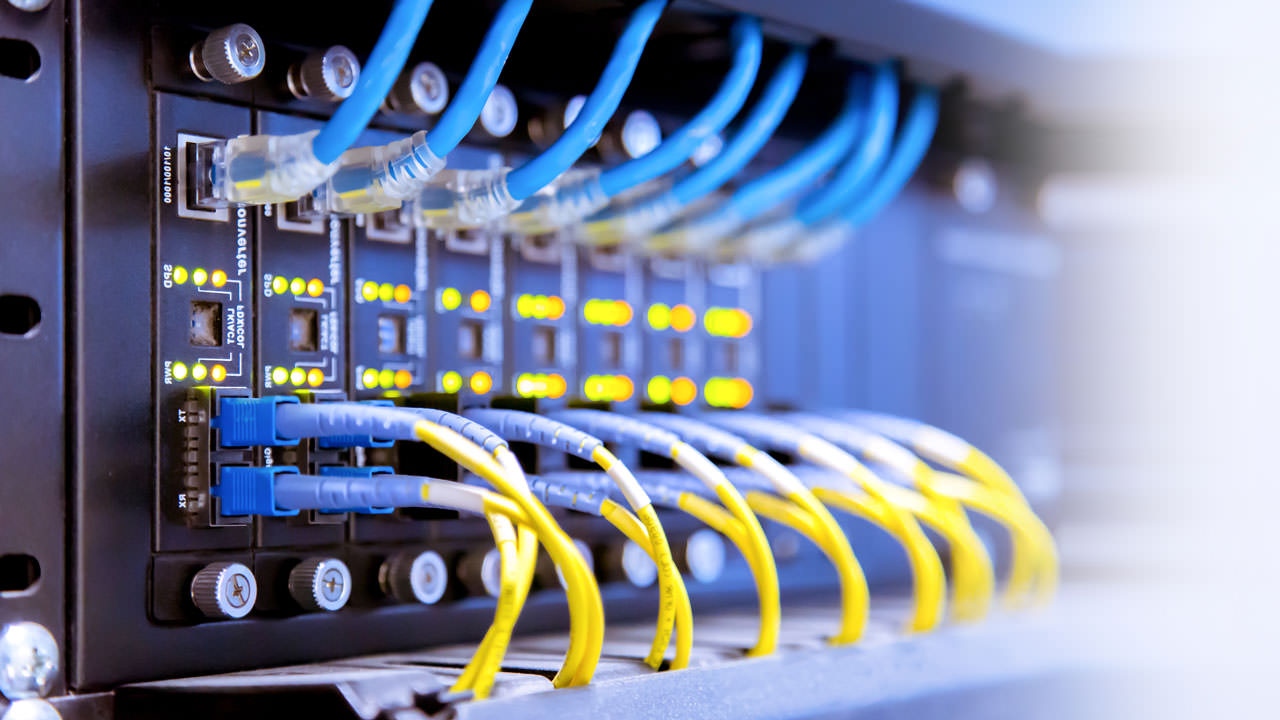TechnologyMay 20, 2023
What to expect from Industrial Ethernet

The role of industrial Ethernet in factory networking is expanding, but how will it help to shape the industrial landscape? Here are ways the technology can help organizations and their operations.
As organizations continue to transform traditional operations gearing up to benefit from technologies such as Industrial Internet of Things (IIoT), robotics, AI/ML powered data analytics and cloud computing, the use of industrial Ethernet is soaring. In contrast to traditional Ethernet, Industrial Ethernet is designed to be more reliable, robust, and be able to handle elevated levels of traffic that are more common in industrial environments.
Industrial Ethernet speaks the language, that is, it is optimized to carry and act on industrial communications protocols such as, PROFINET, EtherNet/IP, Modbus, Common Industrial Protocol (CIP), etc. Industrial Ethernet needs to be more resilient and must be able to maintain communications even in case of equipment failure with minimal disruption.
The role of industrial Ethernet does not end there. Since machines, sensors, and controllers are directly connected to industrial Ethernet equipment, this equipment can and must do a lot more. But what more can they do and how will they shape the industrial landscape in the future? Here are a few ways in which they can help organizations and their operations.
Help operations grow and evolve
With operations increasingly relying on industrial Ethernet equipment for their functioning, the network becomes the key to organizational growth and evolution. And as operations, connected assets, and network equipment continue to grow, network management becomes increasingly important.
ast deployments of new networking equipment , reconfigurations of existing equipment, and comprehensive monitoring of their performance, without extensive manual error-prone and time-consuming work is key to growing and evolving your operations.
Secure operations
The days of “air-gapping” operations and relying solely on perimeter security are long gone. It is now well understood that the same principles developed to secure the modern enterprise can be equally effective in securing operations. Industrial Ethernet, because of its proximity to machines and control systems, is well-situated to enforce these principles that are grounded in granular visibility, policy based dynamic micro-segmentation, and continuous monitoring.
Visibility of connected assets and traffic is traditionally achieved by using deep packet inspection (DPI) techniques to network traffic spanned from switches to a central server. This method incurs extra traffic and additional costs. Industrial Ethernet, if equipped with computing resources, can perform this DPI within itself reducing costs and increasing reach and scale. Similarly, industrial Ethernet can also be used to segment traffic from assets to prevent unnecessary flows that can help contain malware spread. Finally, industrial Ethernet with the traffic visibility it enables can help in monitoring and spotting any abnormal behavior that might indicate a security breach.
Improve productivity
Industrial Ethernet is also well positioned to gather process data right at the source. Such data can provide insights that can be especially useful to detect issues before they become major problems, keep up with maintenance, and ensure product quality. With an understanding of the industrial protocols and payload formats, these devices can extract useful data, transform it to a usable format, apply governance rules, and transmit to analytical applications in the data center or the cloud.
Make industrial hybrid work possible
Truck rolls to fix issues in my industrial equipment is what I want, said no one ever. It takes time, costs money, and might well be impossible for remote assets. Traditionally, remote access has been accomplished in several different and sometimes insecure ways. Different vendors set up their own access over which the organization has little control. In the wrong hands, these mechanisms can be exploited and used to gain unauthorized entry. There must be a better and more secure way.
Organizations can leverage compute capabilities in industrial Ethernet to allow remote access to industrial assets in a secure, controlled, and standardized manner. Software loaded in the industrial Ethernet equipment can be set up to allow connections only from authorized entities at the proper time with limited access based on their role and needs.
Increase sustainability
Recent emphasis on industrial sustainability has led organizations to evaluate all aspects of their operations and supply chain. Industrial Ethernet can help in this mandate. How they avoid the use of hazardous chemicals when they are made, how they are packaged for delivery, how they can save energy with Power over Ethernet (PoE) control on connected devices, and how they are recycled at the end of their life, can all contribute to a circular economy.
How could an industrial Ethernet device deliver these while also staying true to its reliable connectivity functions? The answer lies in the devices and the computing they can do within themselves, and in the management, security, and application ecosystem surrounding them.


